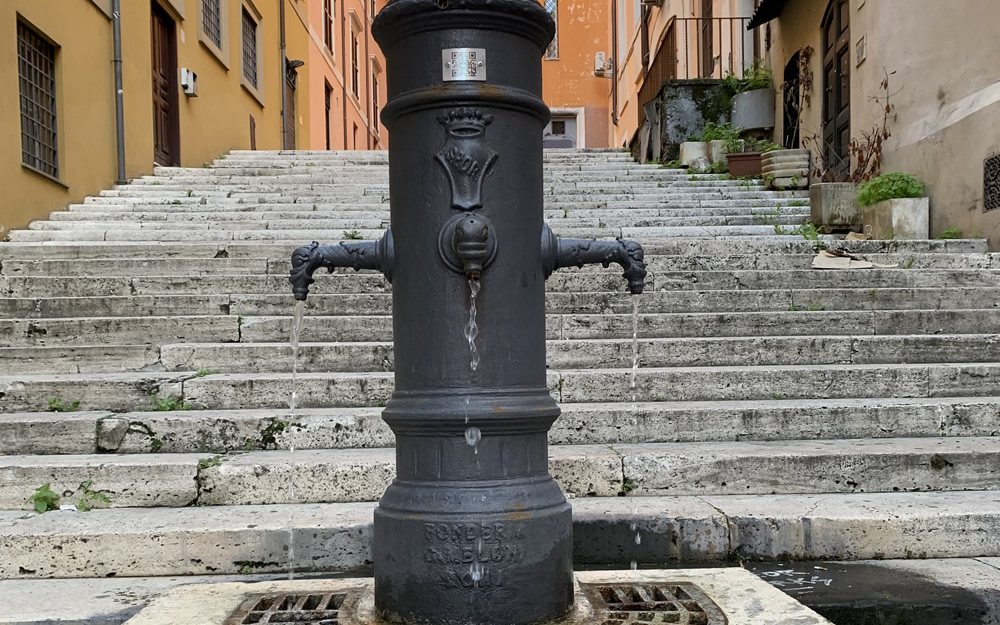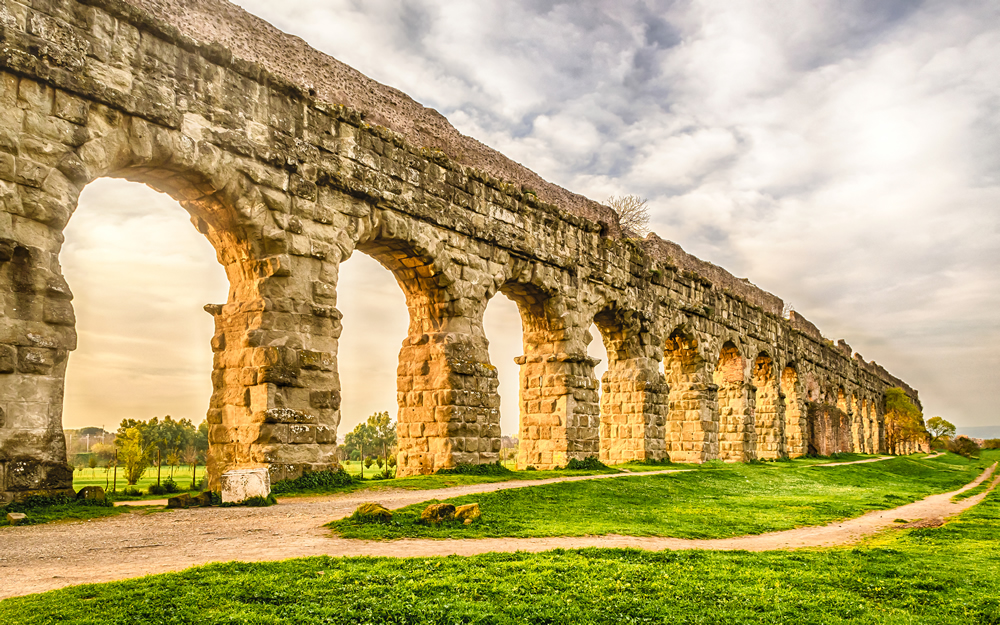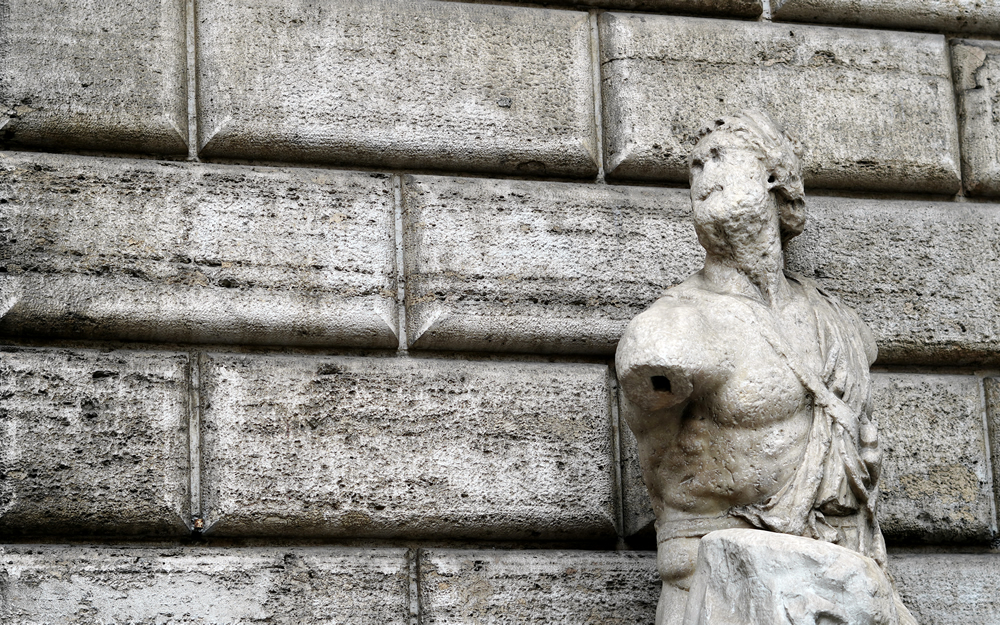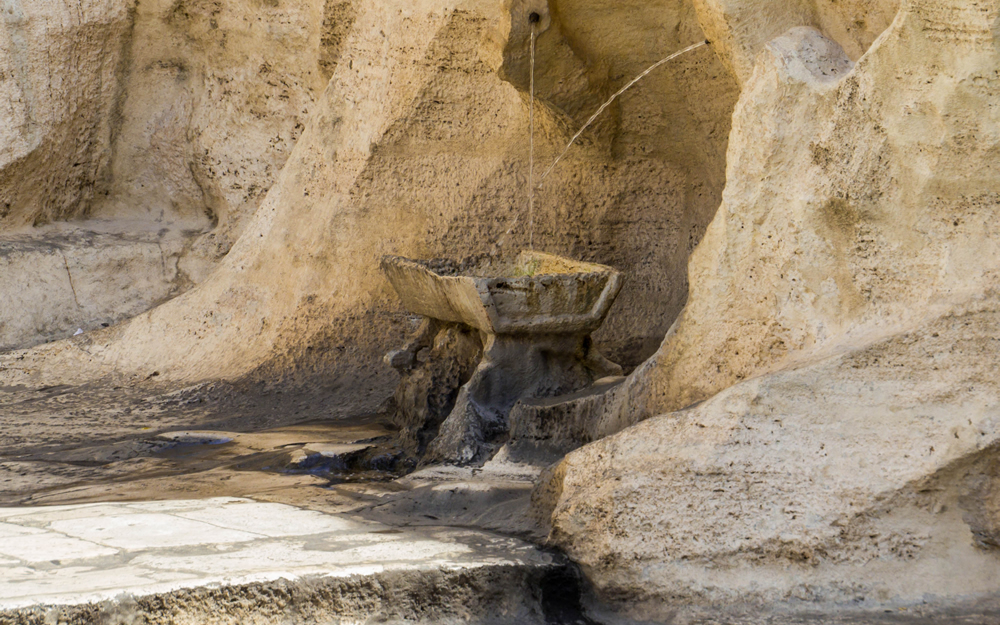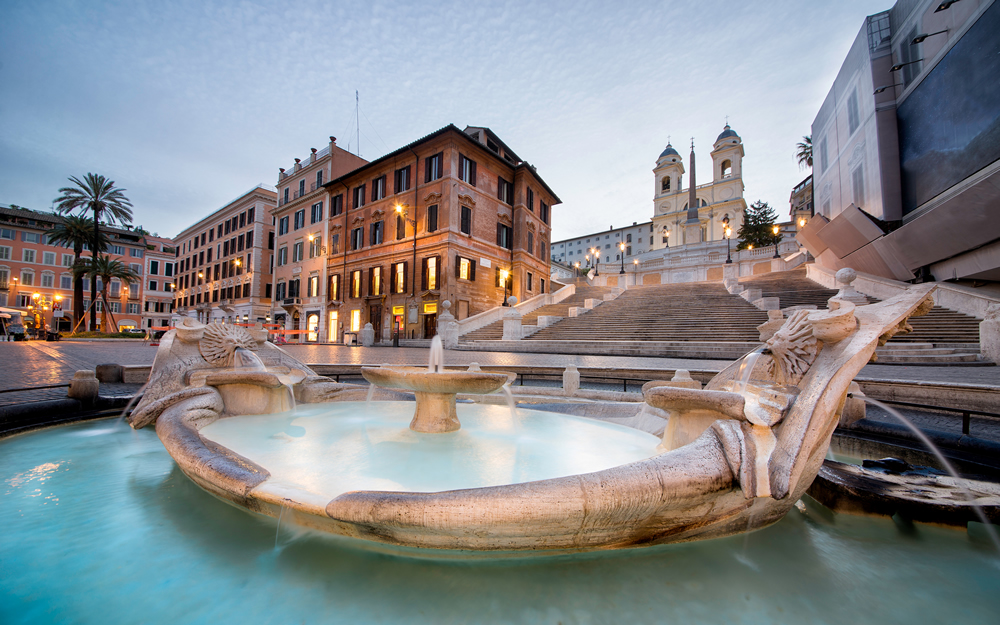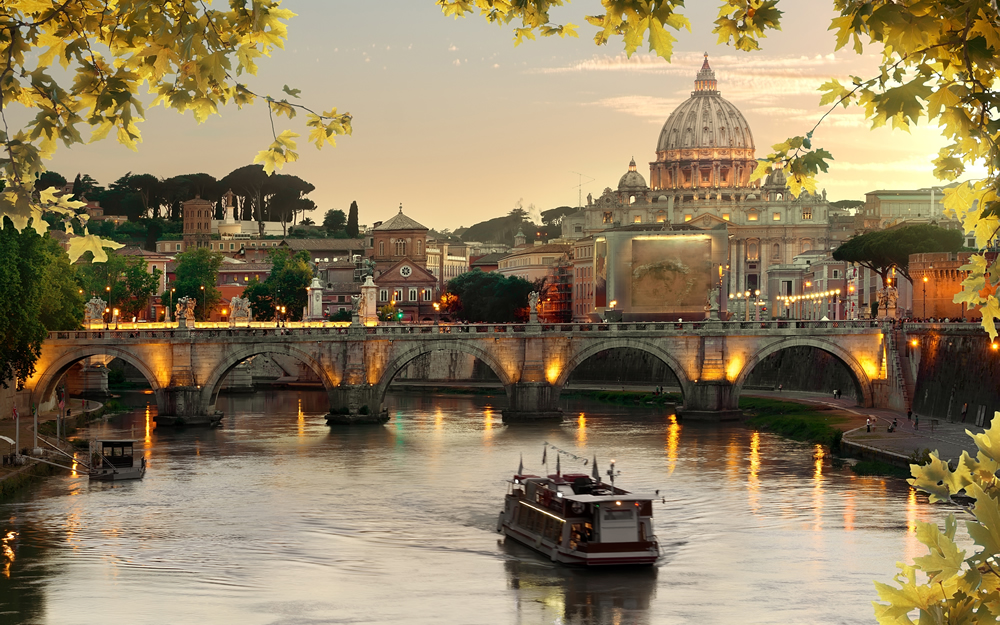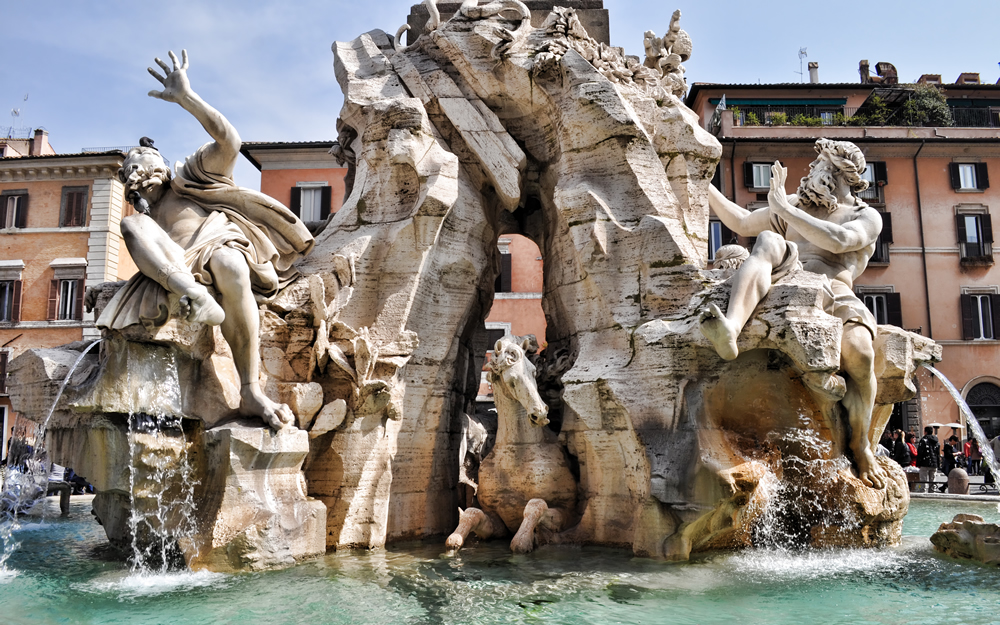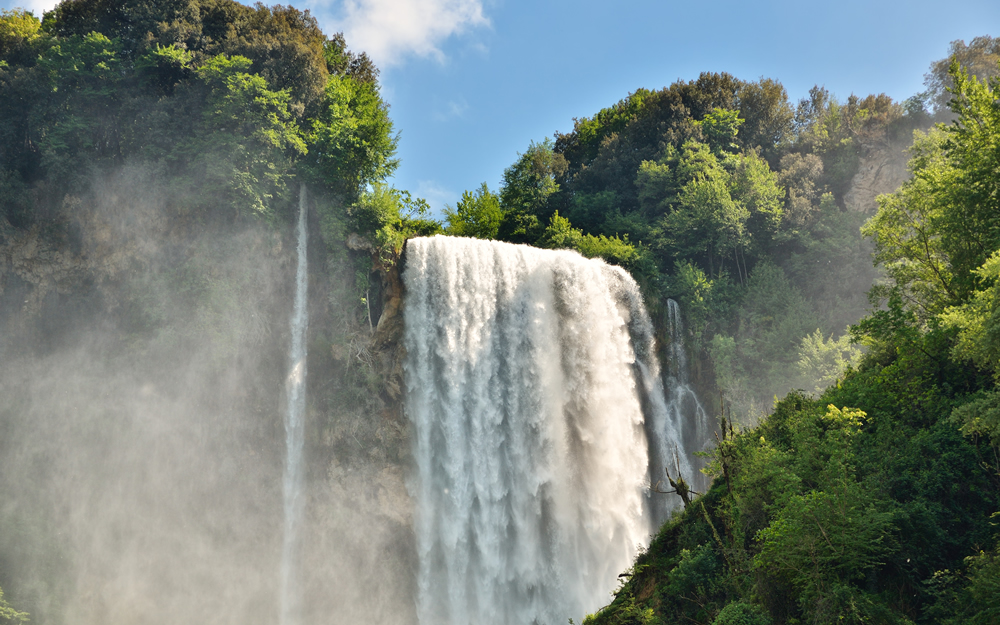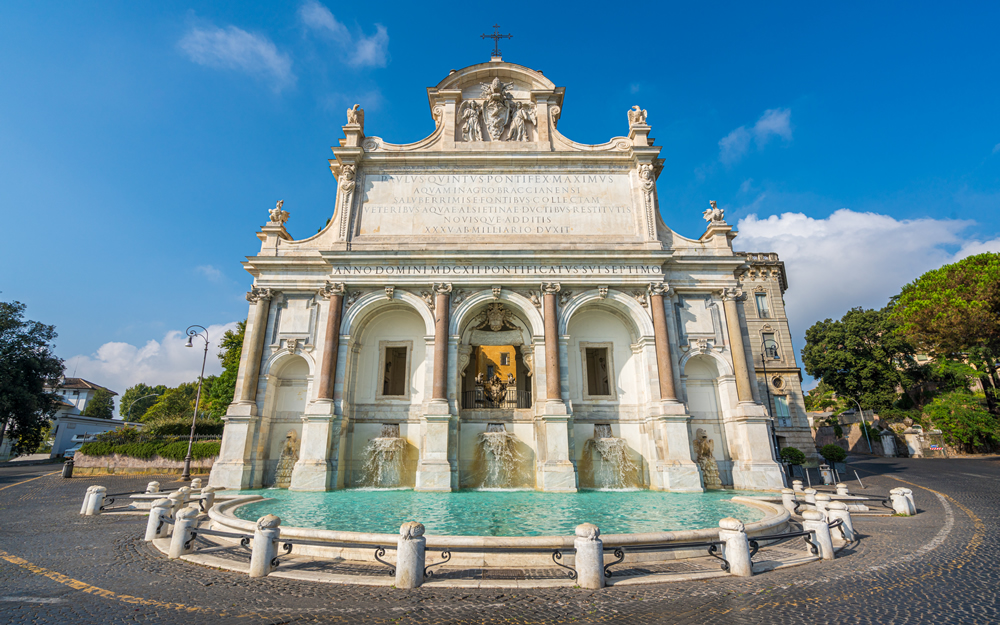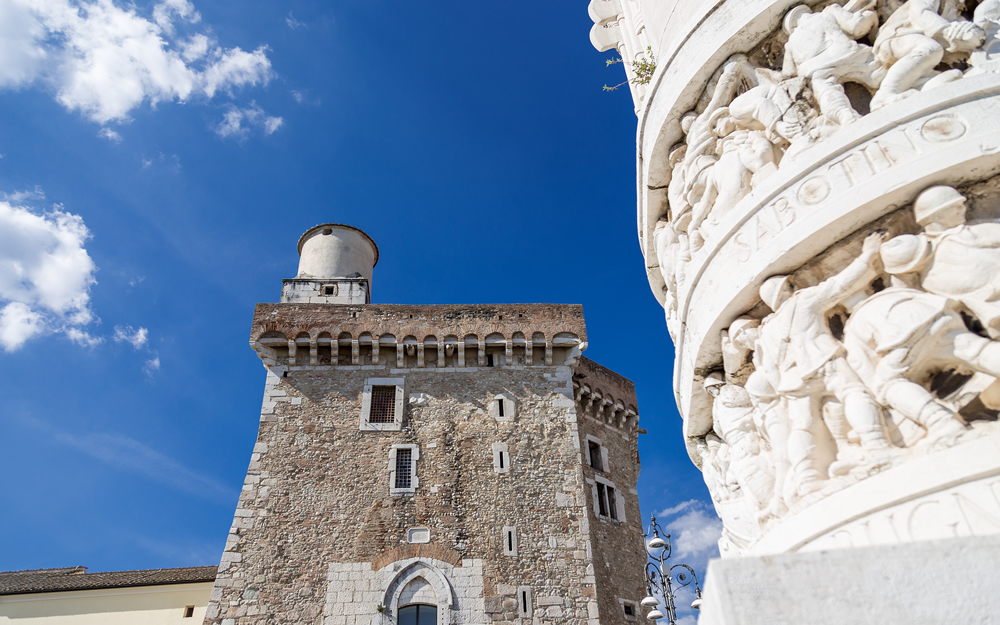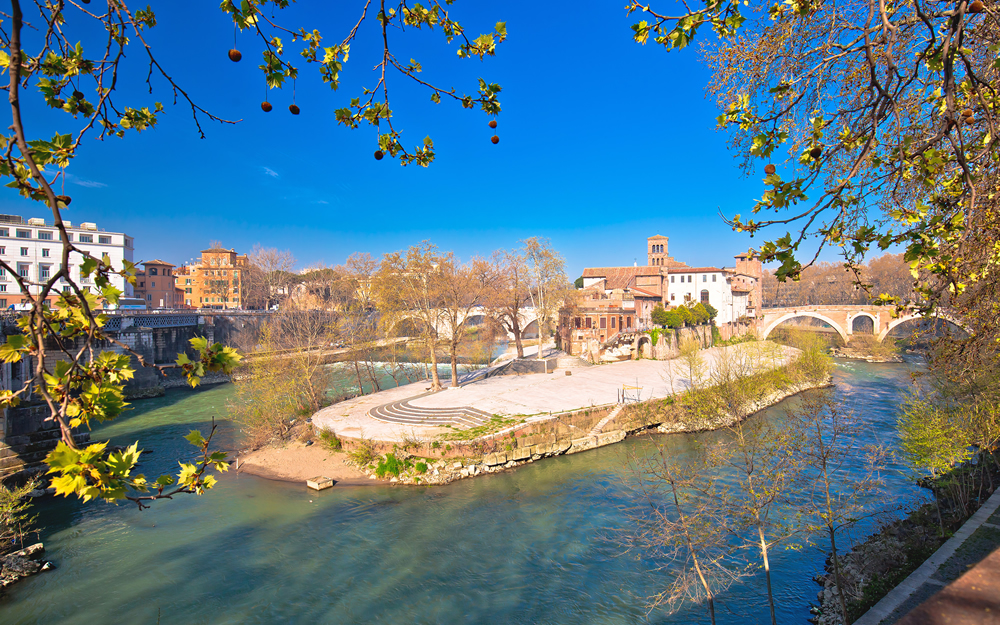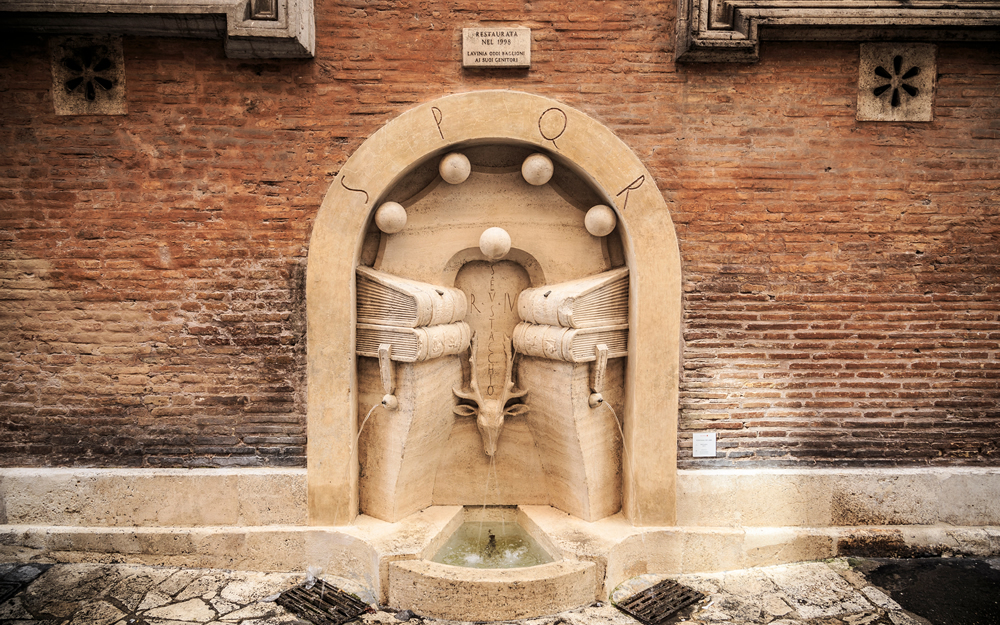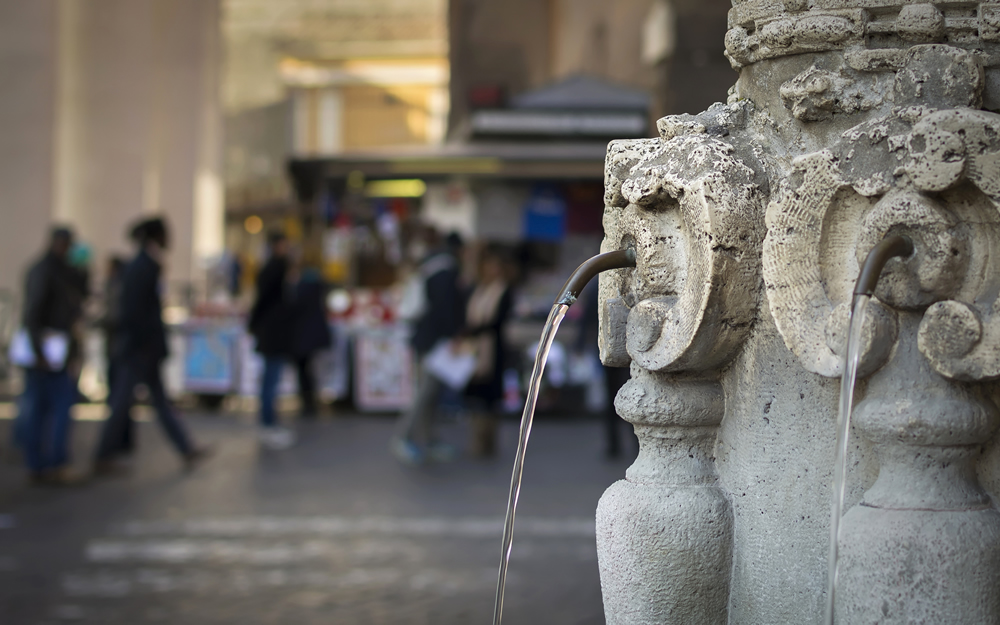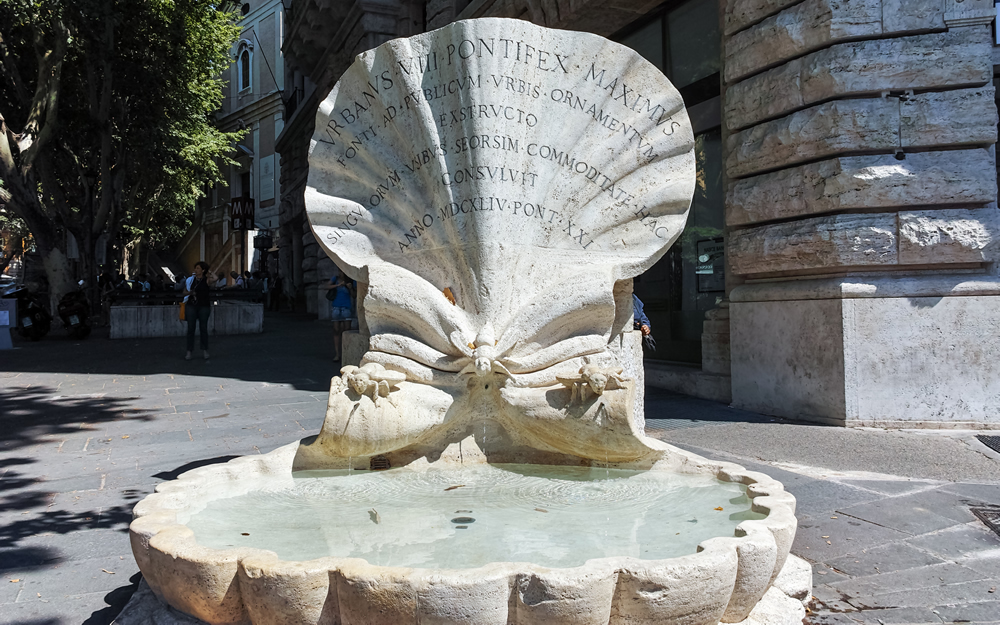- Home /
- Voice from the city /
- Discovering facts and legends behind the Fontana del Tritone
Discovering facts and legends behind the Fontana del Tritone
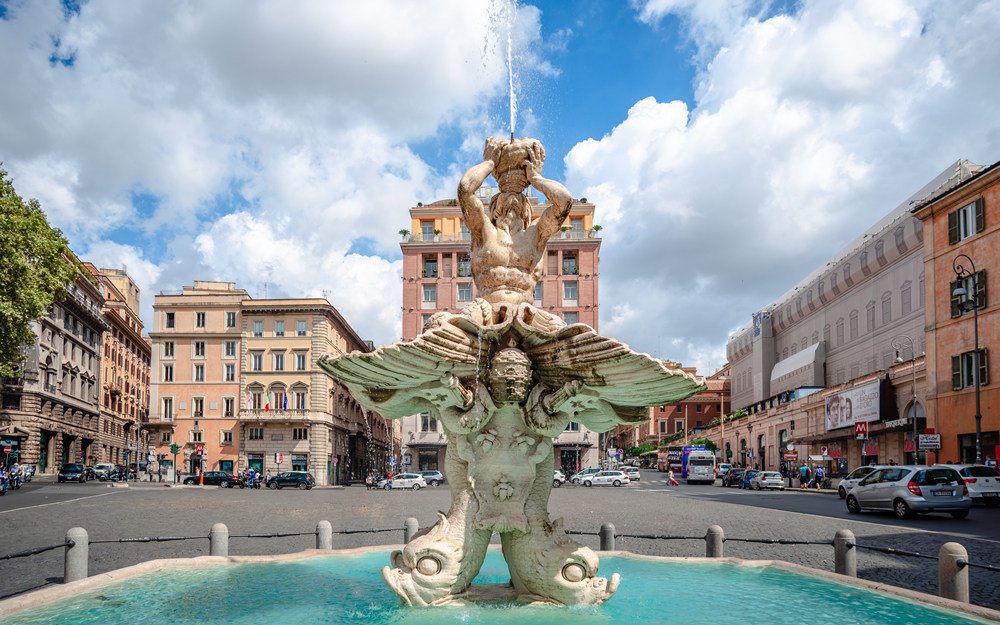
With the Acea Waidy Wow app, Rome’s fountains and monuments will no longer be a secret. Let's find out about the Triton Fountain in Piazza Barberini, Rome – one of Bernini’s lesser known works, but certainly no less interesting. Keep on reading to learn more.
The Fontana del Tritone in Rome: 6 fun facts
Rome is full of architectural beauty and many significant works were produced at the hand of Gian Lorenzo Bernini - such as the iconic Fontana dei Quattro Fiumi in Piazza Navona. Strangely, the Fontana del Tritone, or Triton Fountain, cannot boast the same popularity among tourists. So what secrets is this fountain hiding? Let's dive right in.
1. Where is the Fontana del Tritone?
The Roman square, home to the Fontana del Tritone, is Piazza Barberini. It can be easily reached by taking the metro line A, and is located just a few steps away from the station baring the same name, Barberini. Most people are unaware that if you continue along Via Veneto for just a couple of minutes, you can also see the smaller, but no less beautiful, Fontana delle Api (Fountain of the Bees) - also a creation of Bernini’s. <*p> 2. Piazza Barberini or Piazza del Tritone?
As we have mentioned, Bernini's Triton Fountain tends to be overlooked by the majority of tourists. On the other hand, Romans are so fond of this work that they refer to the square as “Piazza del Tritone” (Triton Square) – despite the Piazza being officially named after the Barberini family.
3. What does Rome's Fontana del Tritone look like?
Bernini's Fontana del Tritone is made entirely of travertine marble, a stone inextricably bound with the history of the capital, that also recalls the marine theme. In the Triton Fountain, Bernini depicted the God of the sea, powerfully rising out of an open bivalve shell, and supported by the intertwined tails of four open-mouthed dolphins. The water flows as if it is blown out of the shell, and is then collected in the main basin below.
4. Long live the Pope!
The Triton Fountain was commissioned by Pope Urban VIII Barberini for two main reasons. Firstly, to beautify the square on which his palazzo overlooked, but also in the name of public service, that is to improve the water distribution network throughout the city.
5. Roman irony
As noted previously, the Fontana del Tritone is not far from the Fontanta della Api. Bernini designed the two fountains in a way that the smaller one received a large amount of water from its larger counterpart, redistributing it in small gushes through three fine spouts. However, the scarce amount of water flowing from the fountain became an object of ridicule to the city's inhabitants, who compared the flow of water to the government’s behavior in demanding high taxes yet delivering insufficient services.
6. “We want the old fountain back!”: an interesting restoration
Bernini's works have not always been taken care of over the years, and the Fontana del Tritone is no exception. Something peculiar happened in 1932: the fountain was in terrible condition, concealed beneath 12 cm of limescale, algae and moss. After the City Council decided to restore it, many citizens were no longer able to recognize the Triton and started a campaign to restore the old fountain.
Do you want to learn about other nearby points of interest? Use the Acea Waidy Wow map to follow the most interesting routes, locate the many monumental fountains and find the nearest drinking water fountains to refill your water bottle.



